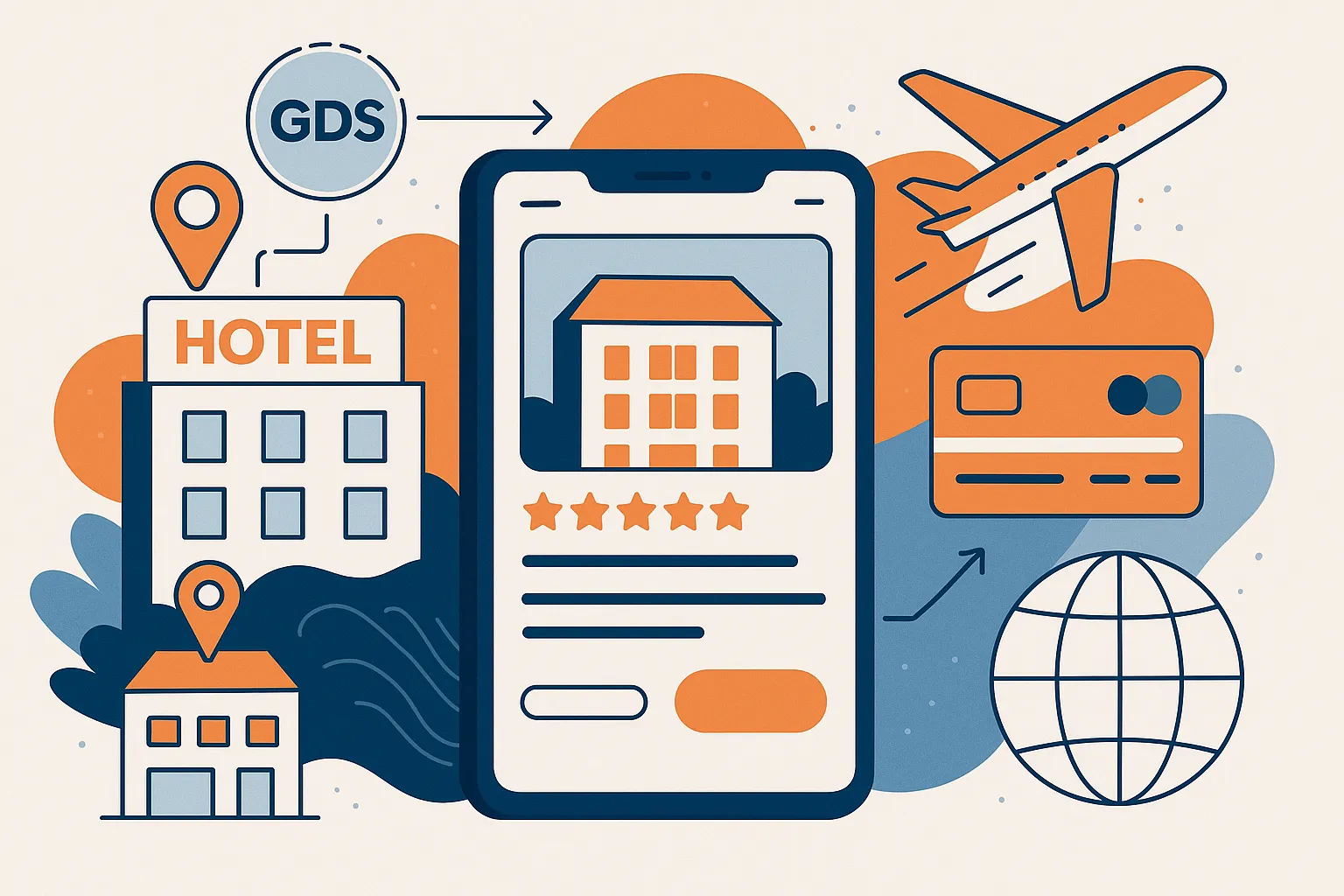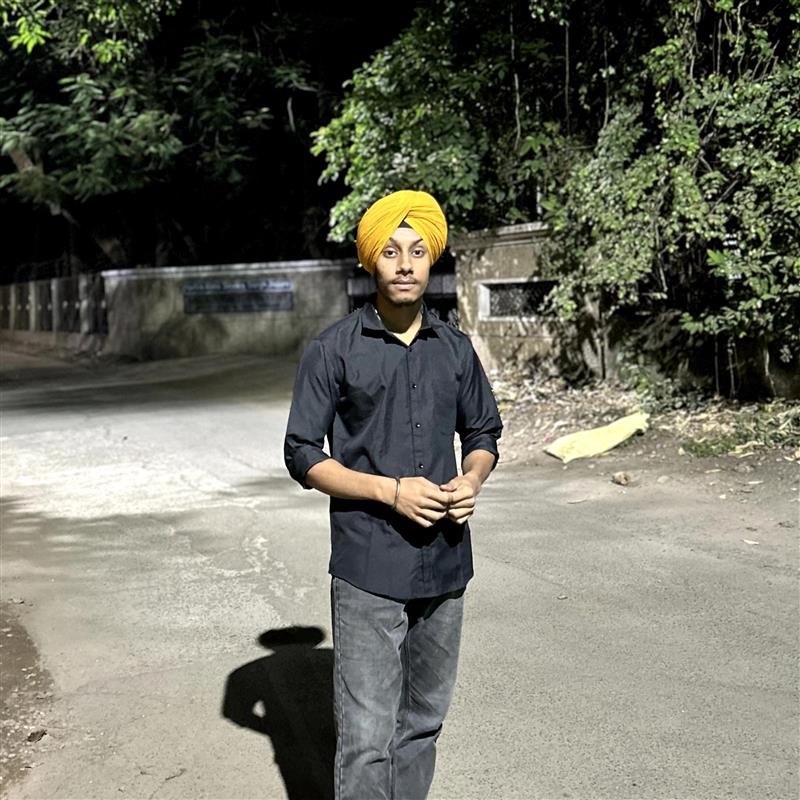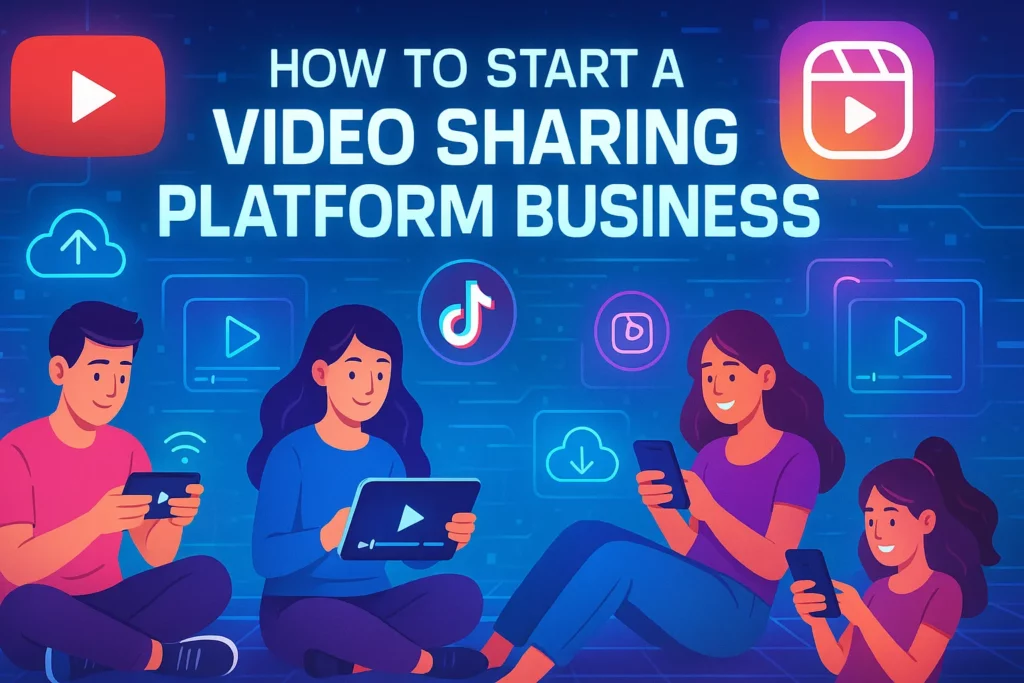Let’s be real—building the next big travel booking app sounds like a dream. A few years back, I met a founder at a startup event in Bangalore, giddy with excitement about his “MakeMyTrip killer.” He had the app screens mocked up, a slick deck, and a vision for a seamless travel experience. Fast-forward six months, and the project had fizzled. Why? The mistakes were subtle but deadly.
Here’s the thing—travel apps aren’t just about beautiful designs and booking APIs. They’re about trust, timing, and the sheer complexity of the ecosystem. If you’ve ever tried to book a last-minute flight, you know the stakes. Building a MakeMyTrip clone isn’t just a “let’s copy this” game. It’s an intricate dance of tech, UX, and business strategy.
At Miracuves, we’ve seen this story unfold more than a few times. Our team works with entrepreneurs who want to build solid travel booking apps—fast, scalable, and monetization-ready. So, let’s talk about the Top 5 mistakes startups make when building a MakeMyTrip clone, and how to avoid them like a seasoned pro.
According to Statista, the global online travel booking market is projected to surpass $1 trillion by 2030, reflecting the surging demand for seamless, digital travel experiences.
1. Underestimating the Complexity of the Travel Ecosystem
Here’s a cold, hard truth: travel apps live or die by their data pipelines. Flights, hotels, activities—each has its own quirks, APIs, pricing rules, and dynamic availability. Many startups jump in thinking, “We’ll just plug in a couple of APIs and call it a day.” Nope.
For instance, integrating GDS (Global Distribution Systems) like Amadeus or Sabre isn’t just about API calls. It’s about handling caching, fallback strategies, and syncing rates across thousands of listings in real time. Then there’s the issue of local travel operators—those quirky, one-man tour shops in Bali who don’t have APIs at all.

2. Ignoring UX Details That Build Trust
Travelers are finicky. They’ll abandon your app in a heartbeat if they sense something’s off—whether it’s a confusing checkout page, sketchy hotel listings, or missing filters for flight searches. A slick UI isn’t enough. You need a UX that reassures.
Think about MakeMyTrip’s trust signals: verified reviews, cancellation policies front and center, price breakdowns, loyalty points. These aren’t just design choices; they’re psychological nudges that tell users, “You’re safe here.”
Startups that don’t invest in these micro-experiences often wonder why their bounce rates soar.
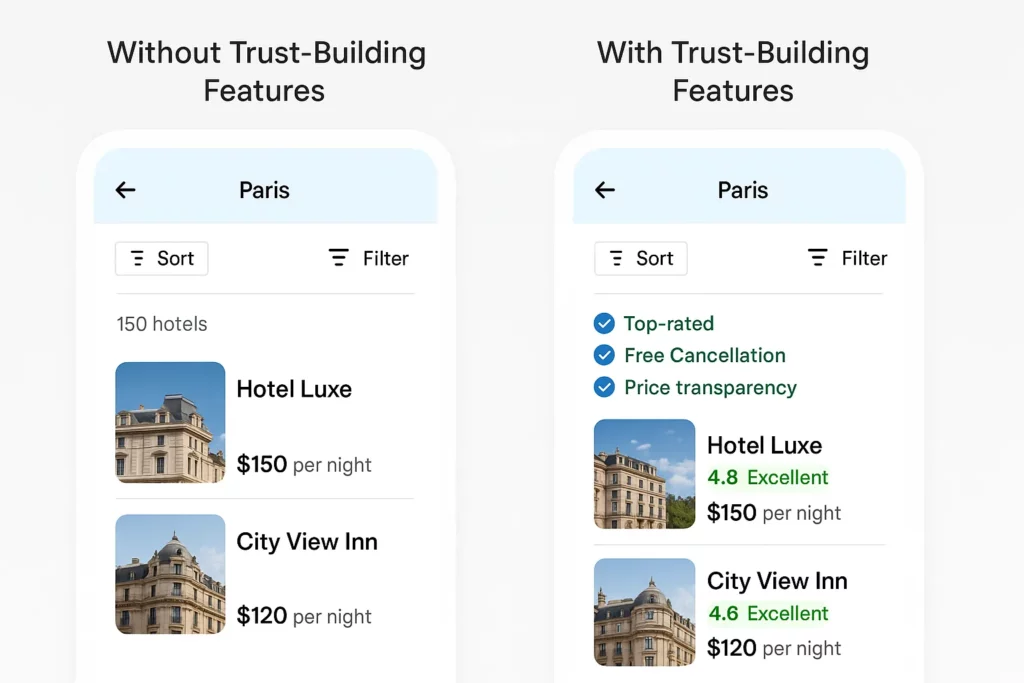
3. Overlooking Localized Features and Payment Options
Here’s where the rubber meets the road. Building for India is not the same as building for Europe or Southeast Asia. Payment preferences vary wildly—UPI, Paytm, net banking in India; Klarna in Germany; Alipay in China. Same goes for languages, currencies, even how people search for destinations.
One startup we consulted had a killer app but no UPI integration—dead on arrival in India. Others forget about regional content—like promoting char dham yatras or Bollywood tourism packages.
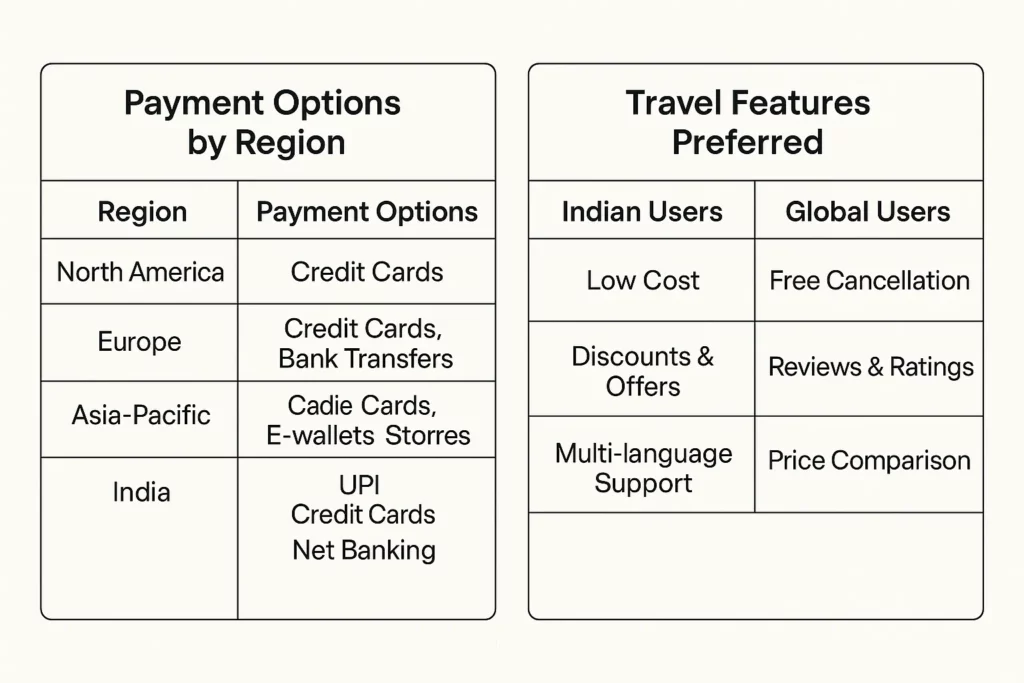
4. Failing to Nail Monetization Early
Most founders think, “Let’s build the app, get users, and figure out how to make money later.” That’s risky. Travel apps burn through cash fast—think server costs, customer support, payment processing fees. Without a clear monetization strategy, you’ll end up subsidizing users forever.
MakeMyTrip earns through commissions, ads, and premium listings. Your app? You might explore affiliate deals, white-label services, or membership tiers. But baking in revenue models early—instead of slapping on monetization later—is key to long-term survival.

5. Building for Today Instead of Tomorrow
The travel space is evolving—fast. Think about the rise of AI-powered travel planning, dynamic pricing engines, and personalized trip recommendations based on user behavior. If your MakeMyTrip clone is just a static booking platform, you’re already behind.
Startups that thrive are the ones that future-proof their apps. They think beyond flights and hotels: visa assistance, travel insurance add-ons, sustainable travel filters. They leverage AI to suggest offbeat stays or hidden gems.
At Miracuves, we help founders build with this future in mind—scalable architectures, flexible APIs, and the kind of features that make users go “Wow.”
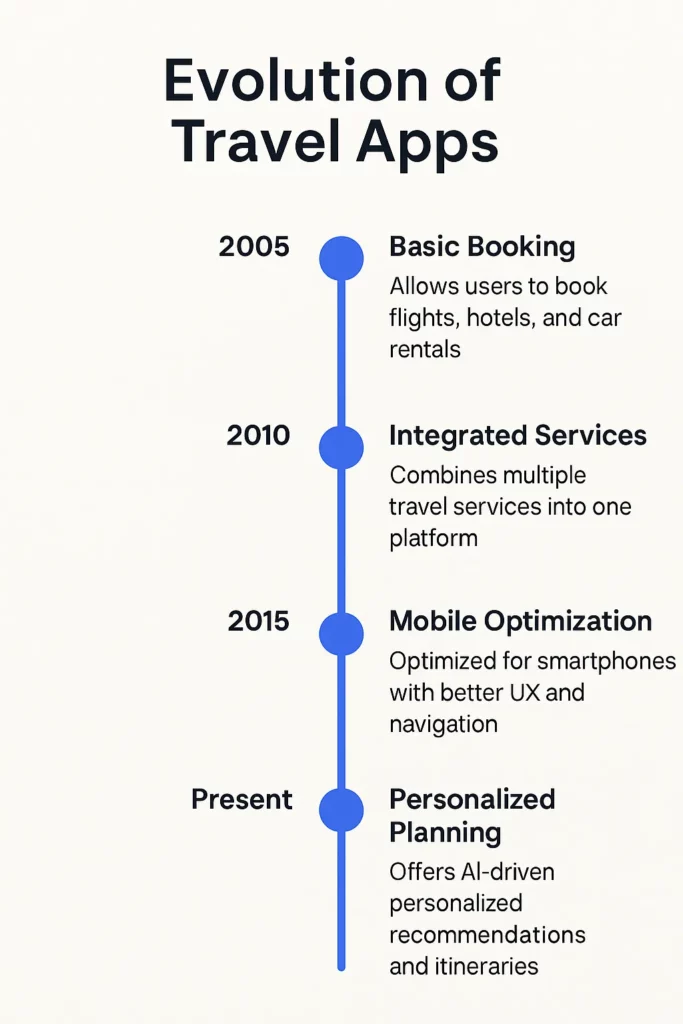
Conclusion
Building a MakeMyTrip clone is more than a copy-paste job—it’s a bold business bet that demands strategy, tech chops, and user empathy. If you’re serious about it, start by avoiding these five mistakes. The travel booking space rewards those who think big, iterate fast, and design for trust.
At Miracuves, we help innovators launch high-performance app clones that are fast, scalable, and monetization-ready. Ready to turn your idea into reality? Let’s build together.
FAQs
Q1: What is the biggest technical challenge in building a travel booking app?
It’s managing real-time data from multiple sources—GDS, airlines, hotels, and local vendors—without slowing down the app. Caching and failover strategies are crucial.
Q2: How do I monetize a MakeMyTrip clone?
You can earn through commissions, ads, affiliate programs, premium listings, or even subscription models for frequent travelers.
Q3: Can I build a MakeMyTrip clone without coding knowledge?
While low-code platforms exist, serious apps need solid engineering. Partnering with an experienced app clone development company like Miracuves can save you time and costly mistakes.
Q4: What is the ideal tech stack for a travel booking app?
It depends, but popular stacks include React Native for mobile, Node.js or Python for the backend, MongoDB or PostgreSQL for databases, and cloud services like AWS.
Q5: How long does it take to build a MakeMyTrip clone?
Typically, 3–6 months for an MVP, depending on complexity. But the earlier you validate the core features, the better.
Q6: Should I focus on a niche, like adventure travel or solo trips?
Absolutely! Niche travel markets are booming. Think beyond flights—add unique features like group planning tools or local experience curation.



